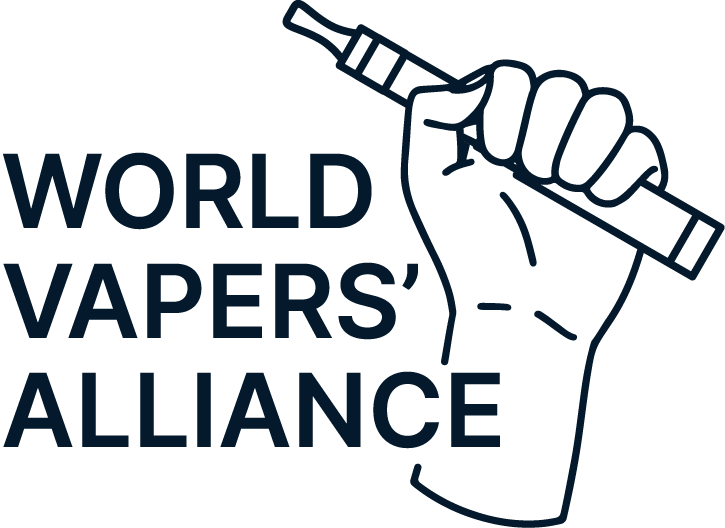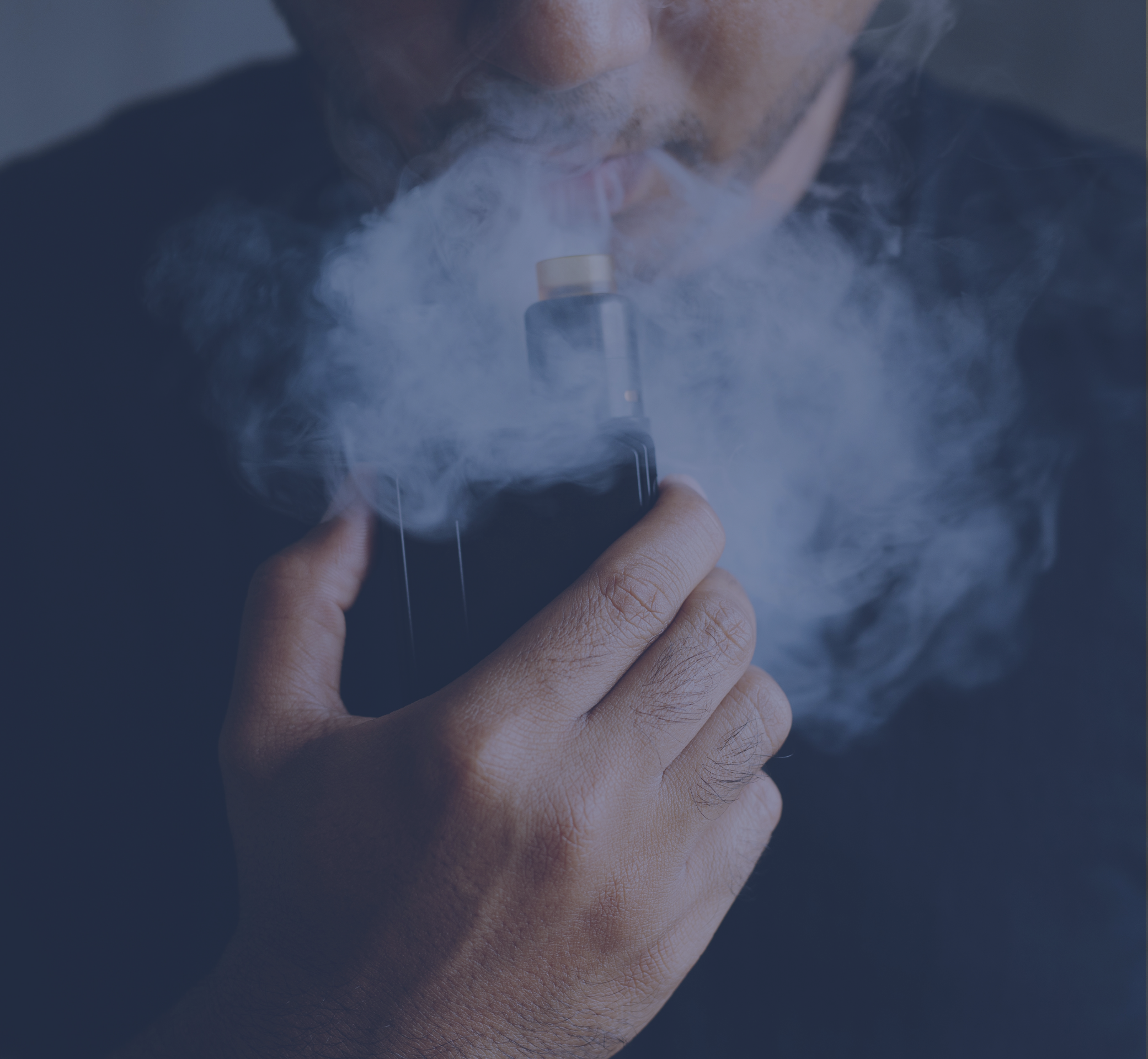Miktub minn Joseph Magero
L-Organizzazzjoni Dinjija tas-Saħħa (WHO) irrakkomandat sett komprensiv ta' interventi għall-waqfien mit-tabakk. L-interventi jinkludu appoġġ komportamentali mogħti minn fornituri tal-kura tas-saħħa, interventi diġitali għall-waqfien mit-tipjip, u trattamenti farmakoloġiċi fl-ewwel linja gwida dwar il-waqfien mit-tabakk.
Id-WHO tirrakkomanda varenicline, Nicotine Replacement Therapy (NRT), bupropion, u cytisine bħala trattamenti effettivi għall-waqfien mit-tipjip. Madankollu, filwaqt li l-linja gwida timmarka mument kruċjali fis-saħħa pubblika, tixħet ukoll dawl fuq l-isfidi kbar ta' affordabbiltà li jiffaċċjaw dawk li jpejpu fl-Afrika Sub-Saħarjana.
Il-Kriżi tal-Affordabbiltà fl-Afrika
Minkejja l-benefiċċji potenzjali ta’ dawn il-linji gwida, ir-realtà għal 77 miljun adult li jpejpu fl-Afrika Sub-Saħarjana hija kerha. L-ispiża tat-trattamenti rakkomandati tibqa’ għolja b’mod projbitiv għall-biċċa l-kbira tal-popolazzjoni.
Skont studji reċenti, il-prezz medju ta’ kors sħiħ ta’ NRT jew mediċina bir-riċetta jista’ jaqbeż id-dħul ta’ kull xahar ta’ ħafna familji Afrikani. Dan l-ostaklu finanzjarju jagħmilha kważi impossibbli għal miljuni ta’ dawk li jpejpu li jaċċessaw trattamenti effettivi għall-waqfien mit-tipjip.
Id-disparità fl-aċċess għal trattamenti biex wieħed jieqaf mit-tabakk hija eżempju ċar tal-inugwaljanzi usa' fis-saħħa li jippersistu bejn pajjiżi bi dħul għoli u pajjiżi bi dħul baxx. F'ħafna nazzjonijiet Afrikani, is-sistemi tal-kura tas-saħħa diġà huma mġebbda, b'riżorsi limitati disponibbli għall-kura preventiva.
L-ispiża għolja tat-terapiji għall-waqfien tkompli taggrava dawn l-isfidi, u tħalli lil ħafna nies li jpejpu mingħajr għażliet vijabbli biex jieqfu. L-Afrika t'Isfel bħalissa hija l-uniku pajjiż b'linji gwida speċifiċi għall-waqfien mit-tipjip fl-Afrika.
L-ommissjoni tat-tnaqqis tal-ħsara mill-proposti fil-pjan direzzjonali tad-WHO biex tindirizza l-kriżi tat-tipjip hija konfuża. Il-biċċa l-kbira tal-pajjiżi Afrikani għandhom riżorsi minimi – jekk hemm – allokati għall-kontroll tat-tabakk. Madankollu, it-tnaqqis tal-ħsara mit-tabakk huwa intervent bi prezz baxx għall-gvernijiet peress li l-manifatturi jħallsu l-ispejjeż tar-riċerka u l-iżvilupp, filwaqt li l-konsumaturi jħallsu l-ispejjeż tax-xiri. Barra minn hekk, minbarra li jgħinu lill-persuni li jpejpu jieqfu mis-sigaretti, prodotti tan-nikotina aktar sikuri għandhom il-potenzjal li jipprevjenu l-bidu tat-tipjip fl-ewwel lok.








Tweġiba Waħda